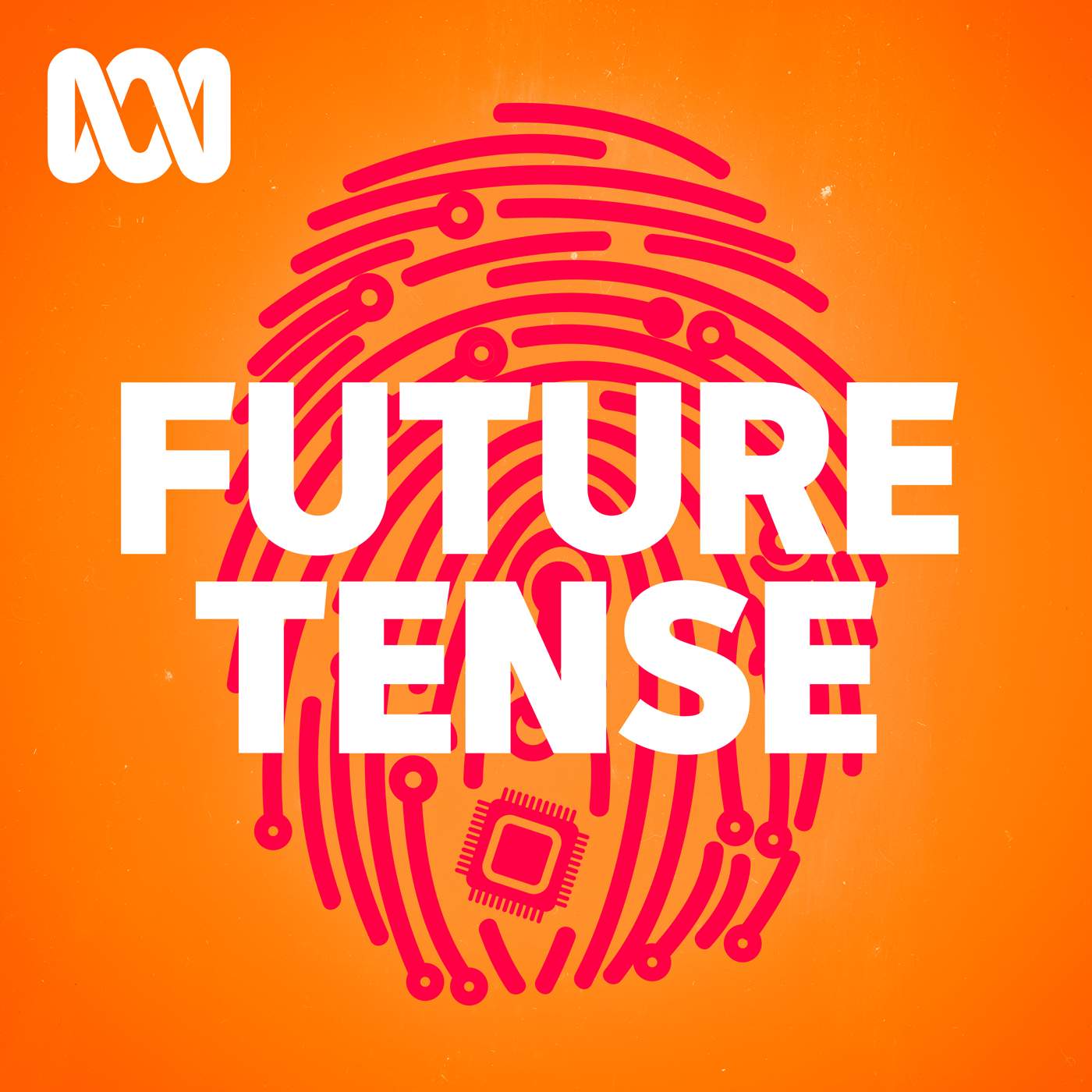
Heliox: Where Evidence Meets Empathy
Join our hosts as they break down complex data into understandable insights, providing you with the knowledge to navigate our rapidly changing world. Tune in for a thoughtful, evidence-based discussion that bridges expert analysis with real-world implications, an SCZoomers Podcast
Independent, moderated, timely, deep, gentle, clinical, global, and community conversations about things that matter. Breathe Easy, we go deep and lightly surface the big ideas.
Curated, independent, moderated, timely, deep, gentle, evidenced-based, clinical & community information regarding COVID-19. Since 2017, it has focused on Covid since Feb 2020, with Multiple Stores per day, hence a sizeable searchable base of stories to date. More than 4000 stories on COVID-19 alone. Hundreds of stories on Climate Change.
Zoomers of the Sunshine Coast is a news organization with the advantages of deeply rooted connections within our local community, combined with a provincial, national and global following and exposure. In written form, audio, and video, we provide evidence-based and referenced stories interspersed with curated commentary, satire and humour. We reference where our stories come from and who wrote, published, and even inspired them. Using a social media platform means we have a much higher degree of interaction with our readers than conventional media and provides a significant amplification effect, positively. We expect the same courtesy of other media referencing our stories.
Heliox: Where Evidence Meets Empathy
U.S.A.'s Global Games: The Emerging Cold War with China (Part 3)
We’re so busy arguing about culture wars and who’s tweeting what that we’re missing the forest for the burning internet. While we’re distracted, a cold war is solidifying in Asia, and the script is being written by forces far bigger than any single election. It’s a story of fading empires, rising powers, and the stubborn human habit of repeating the same damn mistakes, just with fancier technology.
Forget Europe’s “nuisance” Russia problem. According to the players in Trump’s inner circle, the real game is in Asia, specifically the containment of China. It’s not just a Republican talking point either. Whether they frame it as a matter of power or values, there’s a bipartisan consensus in Washington that China is a competitor, a threat to American supremacy. This isn’t some fleeting political fad; it’s a deeply ingrained geopolitical analysis that stretches back through Obama’s “pivot to Asia” and continues under Biden. The names change, the rhetoric shifts, but the underlying strategy of pushing back against China’s growing influence remains remarkably consistent.
For decades, the American narrative was one of fostering China’s growth, hoping it would somehow morph into a “pillar of a broadly liberal world order”. Oops. ... continue reading the article
This is Heliox: Where Evidence Meets Empathy
Independent, moderated, timely, deep, gentle, clinical, global, and community conversations about things that matter. Breathe Easy, we go deep and lightly surface the big ideas.
Thanks for listening today!
Four recurring narratives underlie every episode: boundary dissolution, adaptive complexity, embodied knowledge, and quantum-like uncertainty. These aren’t just philosophical musings but frameworks for understanding our modern world.
We hope you continue exploring our other podcasts, responding to the content, and checking out our related articles on the Heliox Podcast on Substack.
About SCZoomers:
https://www.facebook.com/groups/1632045180447285
https://x.com/SCZoomers
https://mstdn.ca/@SCZoomers
https://bsky.app/profile/safety.bsky.app
Spoken word, short and sweet, with rhythm and a catchy beat.
http://tinyurl.com/stonefolksongs
Curated, independent, moderated, timely, deep, gentle, evidenced-based, clinical & community information regarding COVID-19. Since 2017, it has focused on Covid since Feb 2020, with Multiple Stores per day, hence a large searchable base of stories to date. More than 4000 stories on COVID-19 alone. Hundreds of stories on Climate Change.
Zoomers of the Sunshine Coast is a news organization with the advantages of deeply rooted connections within our local community, combined with a provincial, national and global following and exposure. In written form, audio, and video, we provide evidence-based and referenced stories interspersed with curated commentary, satire and humour. We reference where our stories come from and who wrote, published, and even inspired them. Using a social media platform means we have a much higher degree of interaction with our readers than conventional media and provides a significant amplification effect, positively. We expect the same courtesy of other media referencing our stories.
This is Heliox, where evidence meets empathy. Independent, moderated, timely, deep, gentle, clinical, global, and community conversations about things that matter. Breathe easy. We go deep and lightly surface the big ideas. Really interesting stuff. We're going to be taking a look at U.S. foreign policy in Asia. Specifically, we're going to be looking at this new analysis that just came out called Trump's Indo-Pacific. Yeah, it's a fascinating analysis and it really gets into the heads of some of the key players who might be shaping U.S. policy if things go a certain way. Right, right. And that's I mean, that's what we're going to try to unpack here, right? Like what is what is the potential direction that U.S. strategy could take in this really critical region? And I know everyone's busy. So we're going to try to cut to the chase, give you like a clear, concise understanding of like, what are the core considerations here? And without, you know, bogging you down with all the jargon. Exactly. Yeah. The analysis does a great job of laying out like the core ideas. We're going to sort of extract the most crucial insights. Perfect. OK, so let's just jump right into it. What does the analysis say about like the main thrust of the U.S. approach to Asia? Well, it's pretty clear right off the bat the big priority for a lot of the people in Trump's circle is containing China. They basically say straight up key members of U.S. President Donald Trump's team see containing China as America's most important foreign policy task. Wow. OK, so this isn't just about like competition with China. They're using the word containment. Yeah. So why why are they making China the main focus? Like what's what's the rationale there? Well, the interesting thing is they're talking about like a shift in priorities, you know, geographically speaking. OK. They're basically saying that all the stuff going on in Europe, you know, especially with Russia and all the problems in the Middle East, those are distractions, basically, from the really big long term issue, which is China's rise in Asia. It's almost like they're they're ranking they're ranking the different theaters in terms of like strategic importance. Yeah, exactly. And I mean, the analysis even quotes, you know, President Trump himself on this. He's called for, you know, peace in Europe and the Middle East. And the analysis says this is in large part so that he can turn his attention to Asia, the region that has the greatest impact on America's overall security and prosperity. I mean, that's that really highlights where they see the long game being played out. Right. Absolutely. So so we're talking about like a really fundamental shift in in how the U.S. views the world and where it needs to focus its energy. Now, the analysis also points out something interesting about like this broader idea of the U.S. role in the world. Right. It says that there's a point of agreement between both Democrats and Republicans. Yeah, it's interesting. Which is this belief in in the U.S. being a global leader. But but there's a bit of a difference in emphasis. Yeah. So the analysis kind of suggests that Republicans tend to lean more towards American power. Like that's the main way that the U.S. should lead through its power. But Democrats, on the other hand, they often talk more about values and cooperation. So, you know, kind of like two different flavors of leadership. Right. Exactly. But even with those differences, the fact that they both agree that the U.S. should have this leading role and the fact that they both kind of see China as a big competitor, it helps to explain why there's actually been some consistency in how the U.S. has dealt with Asia across different presidents. OK, so despite the different presidents and all the changes in, you know, rhetoric and the specific things they do, this idea of China as a competitor that's impacting American supremacy, it's it's been there for a while. Yeah. And this is you know, this isn't something new. Right. And the analysis mentions Obama's pivot to Asia, which was spearheaded by Hillary Clinton back then. Can you just remind people what was the the core idea behind that pivot? Sure. The pivot to Asia was basically a strategic reorientation, you know, started by the Obama administration. And the idea was that Asia was becoming really important, like economically and strategically. So they wanted to shift more U.S. resources, you know, diplomatic, economic and military, over to Asia. This came after a period where the U.S. was really focused on the Middle East. Right. It was like a recognition that the center of global power was shifting. Yeah. And I remember the analysis mentions like Japan's role in all this. Japan was constantly pushing the U.S. to like take a harder line on China. Yeah, absolutely. Japan, as a key ally of the U.S., they've been worried about China getting more aggressive for a long time. And they've always encouraged the U.S. to do more to keep things stable in the region. And that's interesting because the analysis contrasts Obama's approach, which was a bit more hesitant, you know, like trying to integrate China into the global system with these later strategies. So you have Obama trying to be more more inclusive. And then you have these later administrations taking a much more competitive stance. The analysis even describes Trump's first term as like oscillating between these two approaches. Yeah, it's it's kind of like they were trying to balance a couple of things. On the one hand, they were taking a more assertive military approach in the Indo-Pacific, and they were starting to limit China's access to certain technologies. But at the same time, President Trump really wanted to make a big deal with China. Like a grand bargain of some sort. Yeah, exactly. So you had this tension between wanting to be tough on China and wanting to make this big diplomatic breakthrough. Which, as we know, didn't really happen. And then the Biden administration came in and the analysis suggests they kind of built on some of those initial moves from Trump's first term. Right. They focused on strengthening alliances, especially with Japan, South Korea, Australia, India. Yeah. And they also worked on improving the connections between those allies. And of course, they continued to restrict China's access to sensitive technologies, you know, stuff that could be used for military purposes. So a more formalized and maybe less transactional approach than we saw in Trump's first term. The analysis also connects all of this to like a bigger historical context, pointing out that the U.S. has always had this role in maritime Asia going back to the second half of the 20th century. Yeah, that's an important point. Just like the U.S. wanted to maintain a balance of power in Europe after World War II, they've always been trying to keep things stable in Asia and prevent any one country from becoming too dominant. So, in a way, the U.S. created the system that allowed China to grow so much in the first place. Yeah, it's kind of ironic, right? They wanted to create stability. And in doing so, they actually helped a lot of countries in the Pacific, including China, to develop their economies. It's like this huge paradox. The system that helped China rise is now the one that China is challenging. And the analysis points out that under Xi Jinping, China has become much more assertive. They're really pushing back against the existing order and trying to create a new one where they have more power. Absolutely. And this shift in China's power is really important because it changes how we think about negotiating with them. You know, the politics of deals that the U.S. has been using since the 1970s, those worked when China was weaker. But now that China sees itself as much stronger economically, technologically, militarily, and with its close relationship with Russia, it's not clear if those old tactics are going to work anymore. Yeah, it seems like the old playbook might be outdated. So the analysis also really emphasizes the importance of Taiwan. They say it's central to how the Trump administration thinks about security in the region. Taiwan is absolutely key for them. The analysis mentions this leaked document called the Interim National Defense Strategic Guidance, which basically says that China is the only real threat that the U.S. needs to worry about right now. And it focuses heavily on making sure that China doesn't take over Taiwan. It really seems like everything else revolves around that scenario. So it's not just one issue among many. Taiwan is like the foundation of their whole security strategy. And we see that reflected in how the U.S. is strengthening its alliances in the region. The analysis talks about Secretary of Defense Pete Hegseth's trip to Asia. Yeah, that trip was a big deal. He went to Japan and the Philippines, which are both key U.S. allies, and both have maritime disputes with China. It really shows how serious they are about strengthening those partnerships. Right. And Hegseth called the U.S.-Japan alliance the cornerstone of peace and security in the Inter-Pacific. And he talked about maintaining peace through strength. So very much echoing that Reagan era philosophy. Right. Yeah. And there was a very clear message directed at China. They talked about opposing aggressive and coercive actions by the communist Chinese and maintaining a strong military presence in the Taiwan Strait to deter any potential conflict. It was very explicit. And they also highlighted the fact that Japan would be on the front lines if there was ever a conflict, emphasizing how closely the two countries would work together. Yeah, they're very much in it together. He even said that Japan is facing a severe and urgent security environment. And then with the Philippines, they reaffirmed that their alliance is ironclad and announced new measures to boost the Philippines' military capabilities. So it's a pretty clear strategy. Strengthen the alliances, deter any potential aggression from China. And the analysis actually names some of the people who are pushing for this harder line. Who are they talking about? Well, they specifically mentioned Secretary of Defense Pete Hegseth, Secretary of State Marco Rubio and National Security Advisor Mike Waltz. They're the ones who are really driving this more hawkish approach. And they're tying it back to that peace through strength idea that Reagan was so famous for. Exactly. It seems like there's a pretty strong consensus among Republicans that the U.S. needs to take a tough stance on China. But the analysis also makes this really important point, which is that even if the advisers are all on the same page, the ultimate decision maker is President Trump. And he doesn't always follow the script. Yeah. And that's where things get a bit more unpredictable. The analysis emphasizes that Trump often goes with his gut when it comes to foreign policy. And there are different groups trying to influence him. You've got the security hawks on one side and then you have the business community, which still wants access to the Chinese market. Right. So there's this constant tug of war going on. And I imagine that creates a lot of uncertainty for both allies and rivals alike. Absolutely. I mean, the analysis talks about how Trump tends to see these geopolitical tensions as like misunderstandings that can be solved through, you know, personal relationships and deal making. Yeah, he's the master negotiator, right? But the thing is, even though the analysis suggests that the China hawks might be winning the argument right now, and even though a lot of Democrats agree with that approach, there's no guarantee that things will stay that way. You can never be sure what Trump is going to do. Exactly. He's famous for changing his mind, for listening to new voices. The analysis even says that his policies can be influenced by spontaneous inspirations and whisperings from new sources. So it's like a big wild card. Even if things seem to be moving in one direction, Trump could always shake things up. And then the last thing I wanted to touch on is how China sees all of this, because the analysis really emphasizes that China doesn't see itself as the weaker party anymore. Yeah, that's really important. China has come a long way. They've made huge strides in their economy, technology and military. And they have this close partnership with Russia. They're not the same country they were a few decades ago. And that changes everything. It does. The analysis basically says that the politics of deals that worked before might not work now because China is negotiating from a position of strength. They see themselves as equals, if not even more powerful in some areas. Exactly. The world has changed and the U.S. needs to adapt to this new reality. OK, so just to recap, the analysis Trump's Indo-Pacific suggests that Trump administration would likely prioritize containing China in the Indo-Pacific. They see China as the biggest long-term threat to American interests. And their strategy involves strengthening alliances, especially with countries like Japan, South Korea, Australia, and India, and making sure that Taiwan doesn't fall under Chinese control. That's a good summary. But we also have to remember that President Trump is a bit of a wild card. He could always throw a wrench in the works. So for our listeners, by listening to this, you should have a much better understanding of what's going on with U.S. foreign policy in Asia. It's a complex situation, but hopefully we've shed some light on the key issues. And that brings us to a question for you to think about. We've talked about how there's a growing consensus that China is a major challenge, but we've also talked about how unpredictable President Trump can be. So given those two factors, what do you think are the biggest opportunities and risks for peace and stability in the Indo-Pacific region? What other factors could play a big role in shaping the future of this region? It's definitely something to ponder. Yeah. All right. Well, that's all the time we have for today. Thanks for listening. articles at helioxpodcast.substack.com.


















